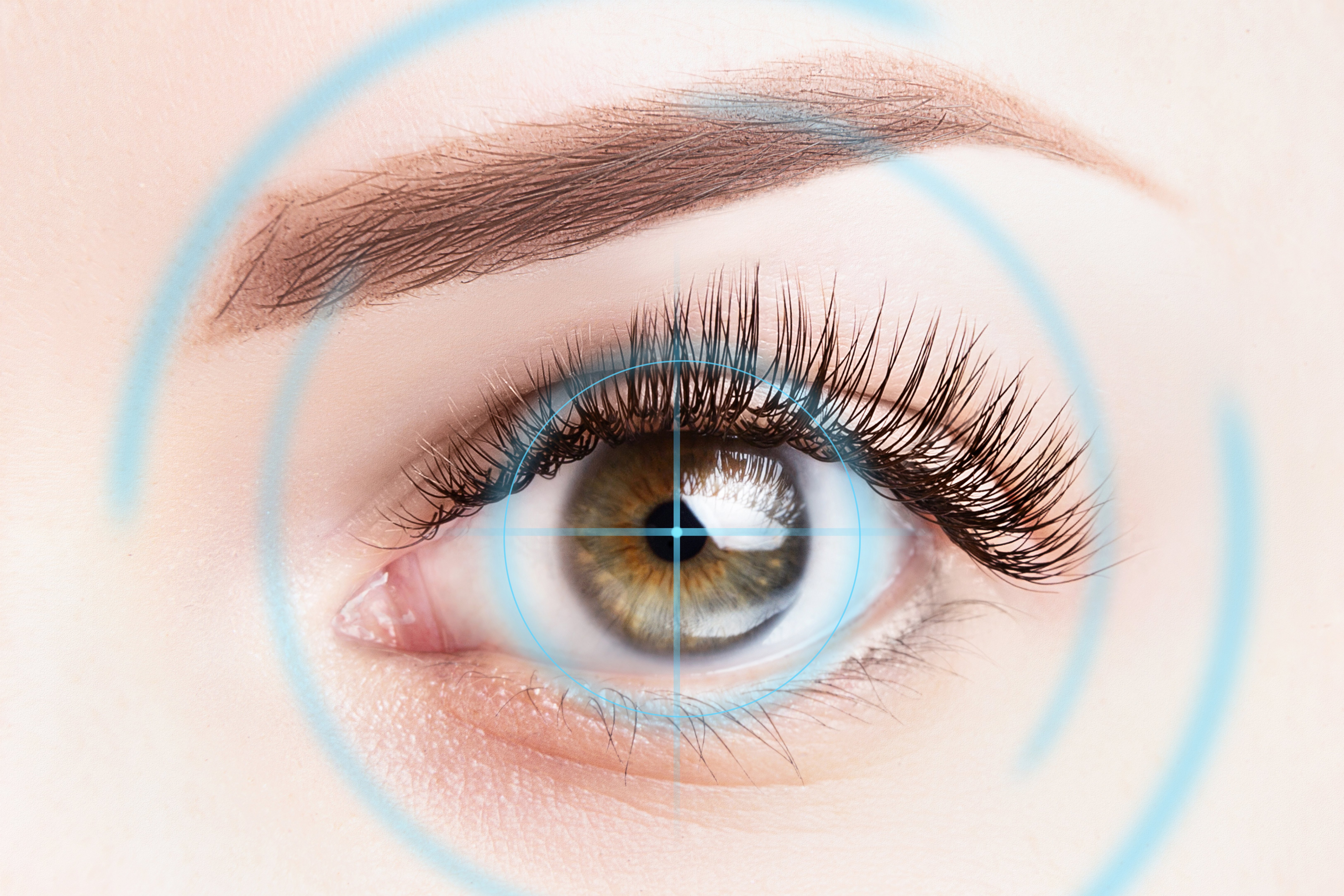
Most people who no longer want to wear their contact lenses or prescription glasses look into LASIK and PRK procedures. Among the most common questions they have is what difference the two have.
LASIK Procedure
Laser-assisted in situ keratomileusis or LASIK is what most individuals think of as laser vision correction. The procedure involves raising the corneal flap, like when you lift a lid. After doing so, the surgeon applies the laser to the underlying stroma, which heals after a while. The LASIK procedure can be uncomfortable and painful, but patients experience immediate clear vision after treatment.
PRK Procedure
Photorefractive keratectomy or PRK was first performed in 1987 in Berlin as a vision correction corneal procedure. A spatula or alcohol removes the epithelium. The specialist does this while the patient is under local anesthetic. The epithelium is the layer of cells that gets the hit when you injure your eye but always reforms.
Removing the epithelium reveals the stroma where the laser correction happens. The main bulk of your cornea is the stroma. The laser is then applied to your cornea, changing its shape. That should take only 30 seconds.
Your specialist will then place contact lenses in your eyes to minimize the discomfort and give the epithelium time to grow back. You will remove the contacts after 36 hours. It is common to experience discomfort and light sensitivity after treatment for two to three days. Your vision will get better after a few days, getting to its best after several weeks or months.
What Is the Difference Between LASIK and PRK?
LASIK and PRK have similar visual outcomes, but the procedures happen differently. As a result, the different treatments have their own set of pros and cons. A patient can be an eligible candidate for LASIK or PRK; in some cases, one can qualify for both procedures.
The difference between the two procedures is how the surgeon uses the excimer laser to access and reshape the cornea. The epithelium tissue covering your cornea gets removed or temporarily moved out of the way before the correction. PRK removes the epithelium in the first step, whereas LASIK moves it temporarily out of the way.
Pros and Cons
LASIK has significantly faster healing than PRK. Patients experience little to no pain or discomfort during their recovery phase. Most of them resume their usual activities after treatment. However, patients have their tissue over the treated area as a natural bandage. The LASIK flap allows the temporary moving out and replacement of the epithelium.
PRK is advantageous over LASIK as it does not have a flap. However, it takes a longer healing time and a challenging recovery phase.
Which One Is Best for You?
You can first begin by visiting your eye doctor for a consultation to know if you will get rid of your prescription contacts and eyeglasses. Your specialist will evaluate and examine your eyes to see if you are a candidate for any procedure. Your doctor will let you know if you qualify for both or one of the procedures, carefully explaining their recommendation.
For more about LASIK and PRK, visit Sacramento Eye Consultants at our office in Sacramento or Lincoln, California. You can also call (916) 915-0300 to book an appointment today.











